Bringing out the colours of underprivileged Pakistan, one stroke at a time
Californian artist Christiana Lewis has come to Karachi to help unprivileged children
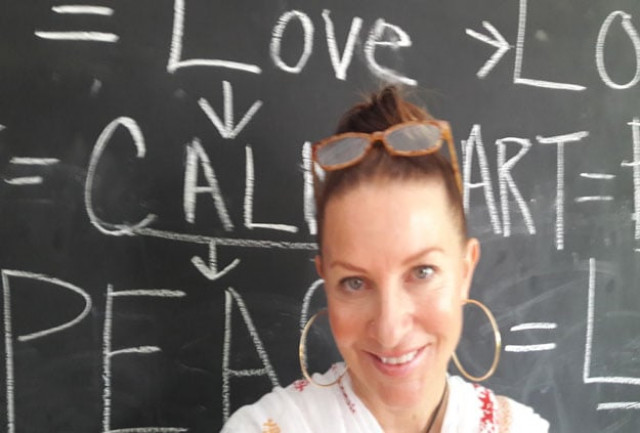
Christiana Lewis. PHOTO: SHAZIA TASNEEM
A graduate from Glasgow, Scotland, Lewis has a degree in fine arts and another in psychology from New York. Known for her humanist nature, Lewis has been visiting different countries to facilitate children, who come from less fortunate families, by equipping them with education through art, and through this art she raises funds for their well-being too.
After conquering hearts all over the world, including the United States, Lewis learned more about Pakistan from her Californian friends, packed her bags and headed to Karachi.
 PHOTO: SHAZIA TASNEEM
PHOTO: SHAZIA TASNEEMAs a resident artist at CALPAK's (an alliance of Californian Americans and Pakistanis to promote education in the under served communities of the country) adopted school in Shireen Jinnah Colony of Karachi, Lewis helped hundreds of unprivileged children come out of their shackles and explore the power of colours and imagination. A small school in one of the city’s poorest neighbourhood remained her home for the next few days.
Over 150 students help make their school more colourful
‘Through the power of love, we can do anything’ was the theme behind Lewis’s trip to Karachi, where she was scheduled to conduct a three-month art programme for the schoolchildren. With Lewis, nearly 300 kids let their pain and frustration out as they spread colours on pieces of paper. She helped them understand that art is love and has the ability to connect people around us.
Lewis’s classroom provided a unique and welcoming environment for young minds, usually missing from ordinary learning spaces in the country. Enter a classroom in Shireen Jinnah Colony's school and you will find the vibrant California-based artist busy with her students.
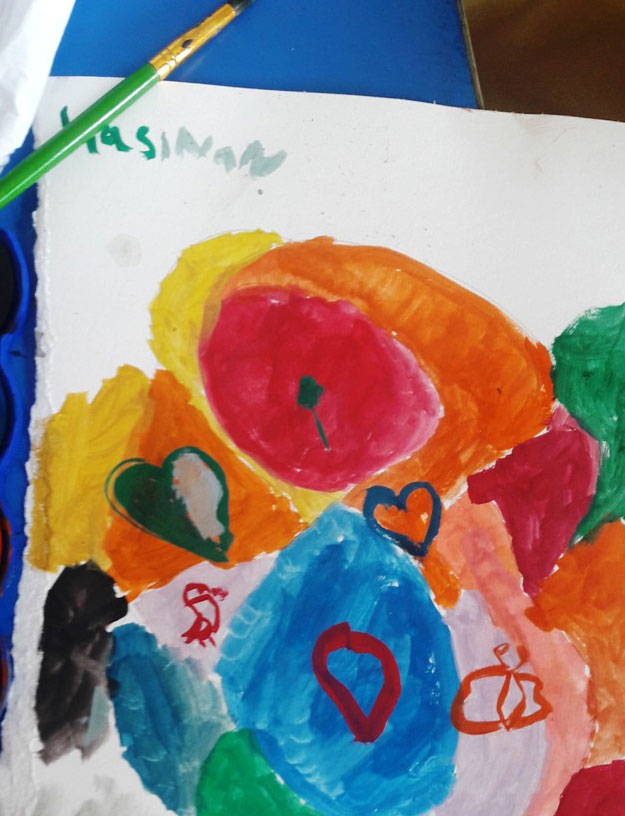 PHOTO: SHAZIA TASNEEM
PHOTO: SHAZIA TASNEEMLewis looked positive even when she was completely drenched in sweat from head to toe because the school has no electricity.
She campaigns the project ‘Miracles in Art’ through ‘non-failure’ – a blind creative method where children are asked to close their eyes and draw scribbles without seeing anything. According to her, this innovative method has a fascinating effect on young minds.
“Closing eyes liberates the soul. It takes away all kinds of worries, sadness and frustration from them. They could just feel their emotions, which they pour on the paper. When their eyes are open, children see beautiful and interesting abstract scribbles in front of them and they become happy,” Lewis explains with sheer excitement.
Culture comes to capital’s schools
The Californian artist then creates a twining between their brain and cheerfulness to bring out the best in them. “I give them tips to paint inside the small areas of the scribble. My technical ethics never allows forcing children to draw any specified object or person. Trying out unforced creativity is a therapeutic practice. If they are forced, there always is a big risk of failure and of losing confidence,” she continues.
Art gives finesse to children, according to Christiana Lewis.
“Every child is an artist. We cannot just reject any human being, whether a child or an adult just because he or she has not drawn or painted a piece. Art is an integral part of human nature.”
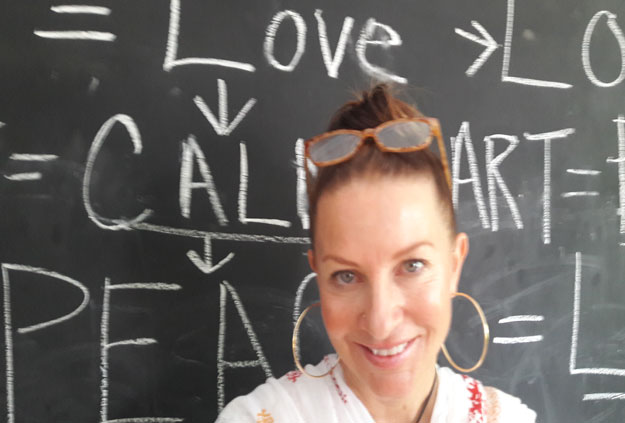 Christiana Lewis. PHOTO: SHAZIA TASNEEM
Christiana Lewis. PHOTO: SHAZIA TASNEEMArtwork created by the schoolchildren remain scattered in their classroom. Going through those pieces was a delight and you could sense that the little artists absolutely loved the entire exercise.
With bold dominant hues, their minds – knowingly or unknowingly – create powerful illusions to express their craving for love, care and attention. They actually display beautiful combinations of their interactions with their families and the society through their work.
“It pleases me to see children happy with their paintings. They carry them happily to their homes and show them to their parents, siblings and friends. This is the manifestation of project ‘non-failure’: to create love, peace, tolerance and contentment, passing it over from these children to their families and ultimately, to the world,” she says.
‘Art education is vital for cognitive development’
Children under Lewis’s supervision also learn the skill of painting, they are acquainted with the right tools and colour-mixing techniques, and are taught to experiment with colours.
“I give them tools because they need to know about them and their usage and the results are obvious. They have started creating fantastic paintings now,” says the proud teacher and adds, “There is no end to finding elements for art.”
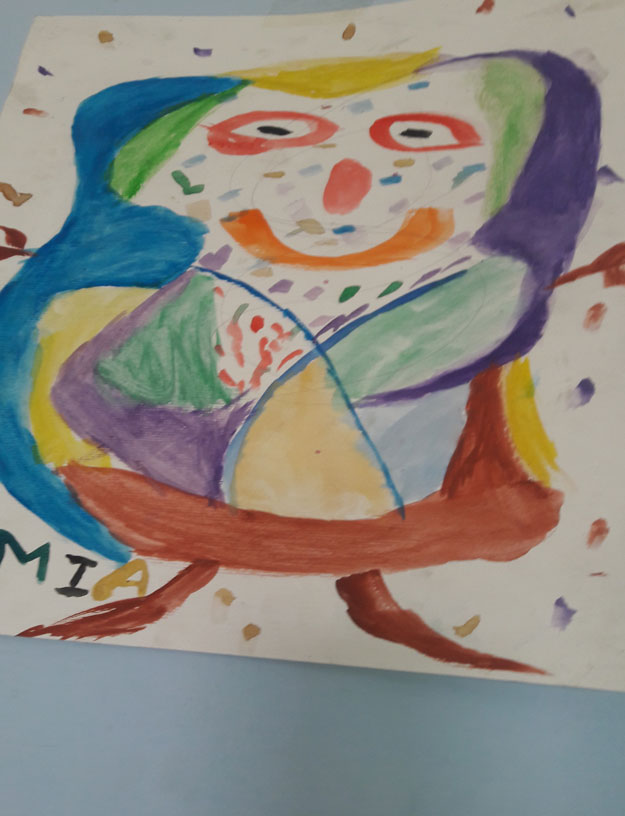 PHOTO: SHAZIA TASNEEM
PHOTO: SHAZIA TASNEEMNow, Lewis also plans to “create a three-month sustainable art programme for the children between ages three to 13. This programme will then be a model for the over 3,000 plus public schools in Pakistan,” according to her.
“Here in Pakistan, there is no money for art supplies, desks, chairs, electricity and water which makes the situation challenging. Most of the children in these areas [poor neighbourhoods of Karachi] do not have art in their schools or lives. Even in the US, it has been dropped from the syllabus in some regions. Art heals the wounded and breeds love,” says the artist.
Revolutionising education, one government school at a time
“Art is the universal language of peace,” says Lewis, “that can be taught when there is a physical language barrier. My non-failure abstract lessons teach kids that they can also be their own ‘mini Picassos’ if you will’. Most of these children come from poor homes – abused, neglected and with a sense of abandonment. They often enter my classroom shy, angry and dismayed but leave them thrilled and joyful.”
Lewis also owns a company by the name of ‘colourfulsouls’ reflecting her own colourful soul. She believes that “there is a colourful soul inside everyone. It is all about colourful people, universal community and helping souls connect together.”
Christiana Lewis has come a long way to support children in Pakistan. Why can’t we?
Shazia Tasneem is a journalist, critic and a rights activist. Her work has appeared in leading Pakistani publications.


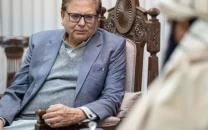


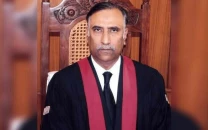
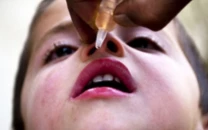












COMMENTS
Comments are moderated and generally will be posted if they are on-topic and not abusive.
For more information, please see our Comments FAQ